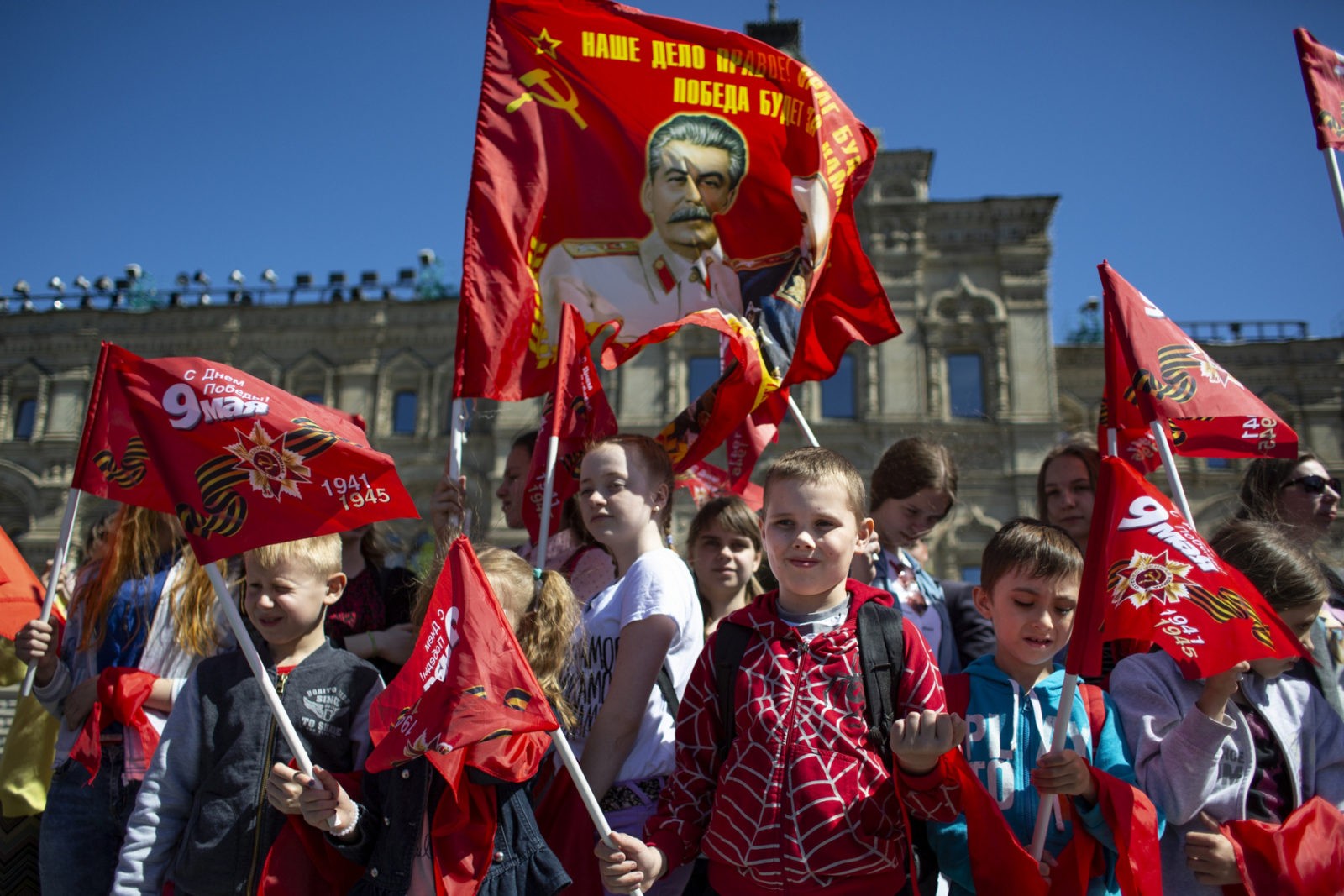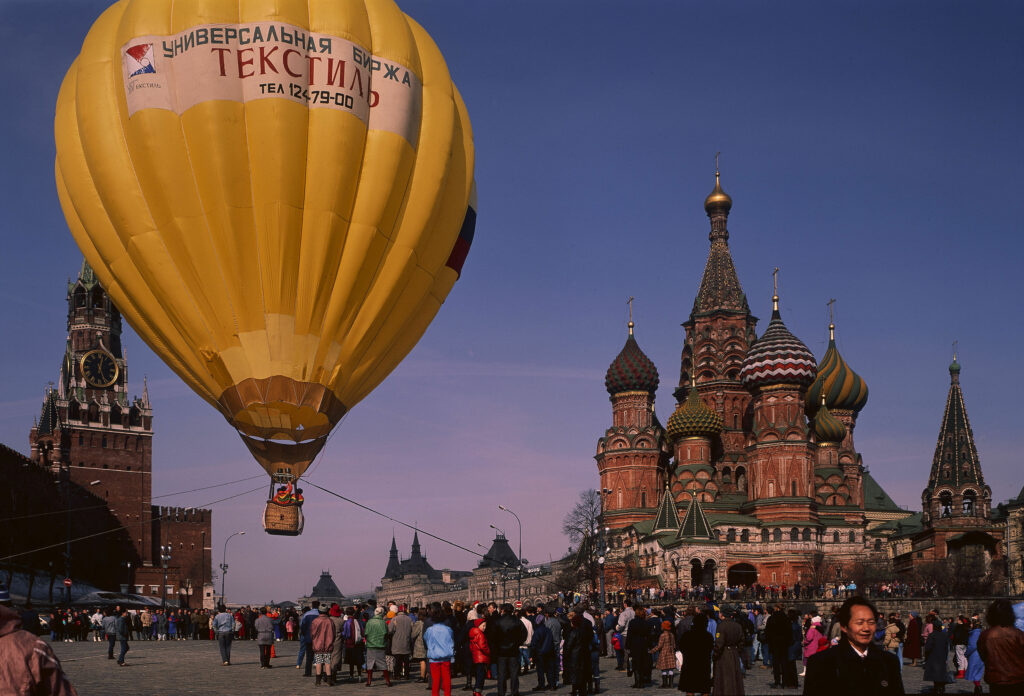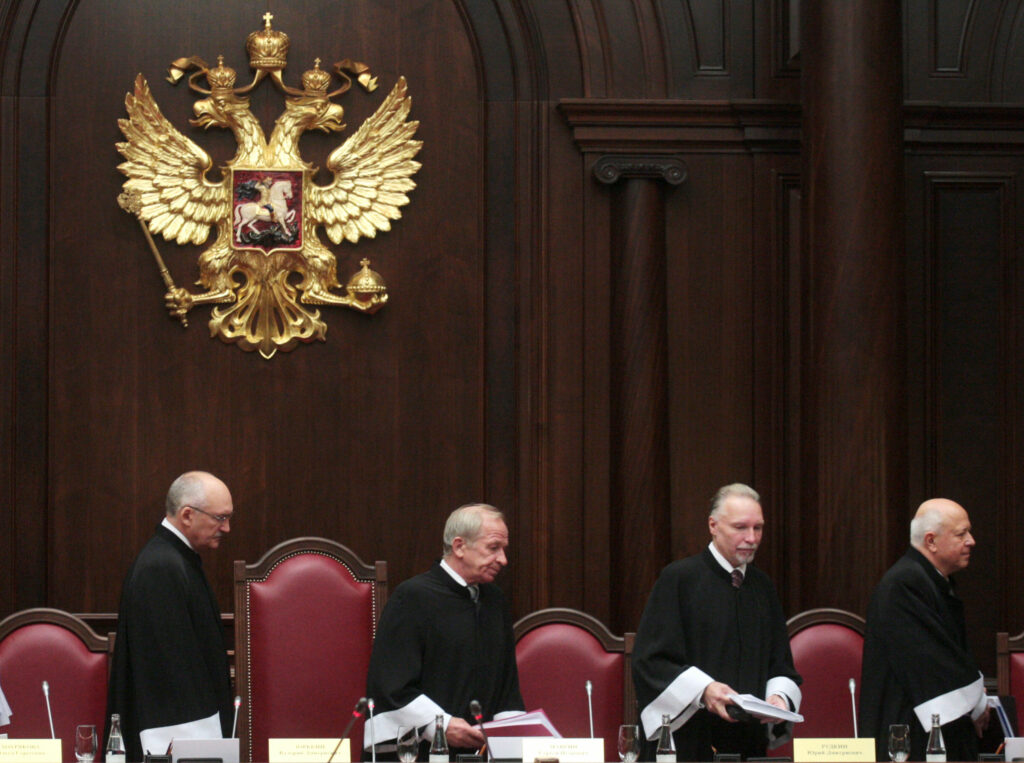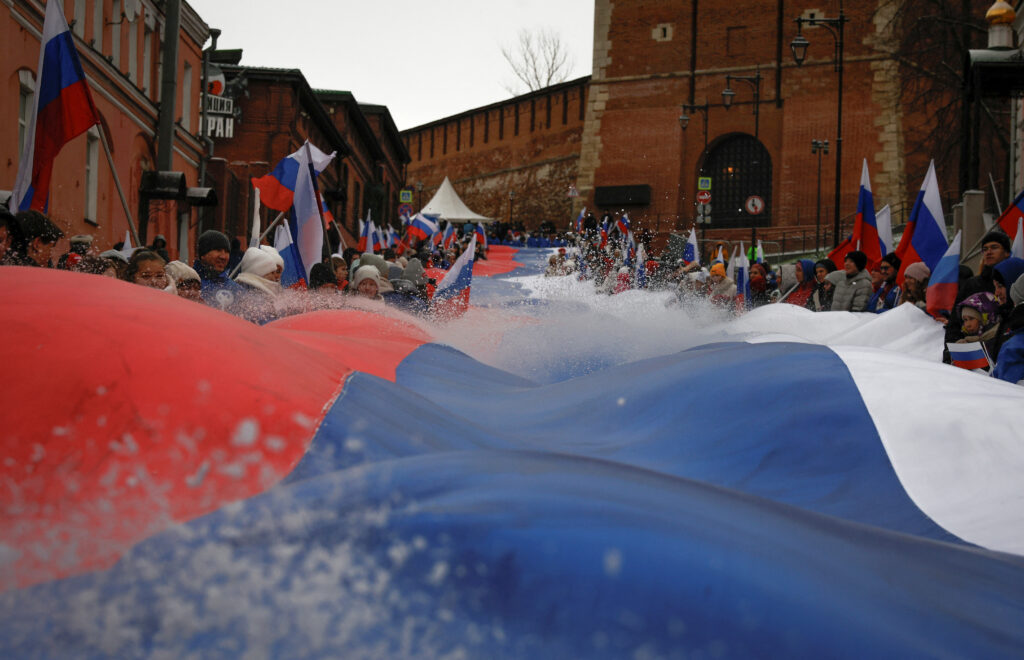The popular image of the Soviet dictator, much like that of any other important historical figure, always combines negative and positive assessments of their rule. To quote the words of one participant in our focus group discussions, “it’s impossible to unequivocally say that everything was good or that everything was bad; there were excesses, but there were also bright sides.” Repressions, executions, and military blunders are all inherent characteristics of the image of Josef Stalin; only a small number of Russians outright deny these facts. What changes is not so much Russians’ overall assessment of Stalin, as the balance between positive and negative evaluations of the Soviet leader. That balance constantly shifts. In Russia today, that balance is in the favour of the former; while negative aspects have not completely disappeared from Stalin’s popular image today, they have certainly receded into the background. Stalin is now primarily seen as the man who won the Great Patriotic War, the man who forged the Soviet Union’s superpower status; the leader who through his steely resolve was able to bring order to the country.
Over the past decade, the number of Russians who felt that Stalin was a criminal has gradually decreased: from 38% in 2009 to 26% in 2017. Meanwhile, the number of Russians who supported erecting a monument to Stalin grew from 26% to 47% in the same period. This March, the number of Russians who describe Stalin’s role in Russian history as positive reached a record high of 70% (in comparison, in the latter half of the 2000s, this figure barely reached above 40%.) Furthermore, in 2012 and 2017 Stalin won first place in the “outstanding people of all times and nations” poll, a ranking of the most popular historical figures. These data paint a clear picture; it is hard to draw any other conclusion than to state that attitudes to Stalin are improving, and that the Soviet leader is gradually being rehabilitated in Russian public opinion.
The ruling authorities and their policies have played a crucial role in this public reevaluation of Stalin. Nevertheless, it would be a stretch to say that this positive image of Stalin is entirely the result of promotion “from above.” Instead, this is a side effect of the regime’s instrumentalisation of Victory Day to maintain its own legitimacy. As the emotional day approaches, the population unites around the “marshals and soldiers” (in the words of the song Let Us Bow to Those Great Years); the president and ordinary citizens alike march together in the Immortal Regiment procession. At the same time, there is no critical discussion of the cost of that victory, nor the mistakes of the Stalinist leadership. It is also forbidden to question existing myths about the war. A telling example of this occurred in 2015, when an archivist publicly stated that the story of Panfilov’s 28 Guardsmen (a group of Central Asian soldiers renowned for their heroism during the defence of Moscow – ed.) was a myth invented by Soviet newspapers to raise morale, he was strongly rebuked by Minister of Culture Vladimir Medinsky. Furthermore, as the ban on distributing the British comedy The Death of Stalin reveals, even laughing at the Stalinist leadership is now beyond the pale. In this context, we should not be surprised by the inner logic of some statements made by focus group participants: “Under Stalin, the Soviet Union won the war, which means that its politics, however awful they may have been, turned out to be vindicated. Otherwise the outcome of the war would have been impossible.”
The second justification aired by the focus group participants can be summarised as follows: Stalin turned the Soviet Union into a superpower. Thanks to Stalin’s “wise leadership,” continued the respondents, the country not only won the war but “built up industry,” developed nuclear weapons, controlled half of Europe, earning the grudging respect of the entire world. The annexation of Crimea in 2014 also resonated with such explanations; after the annexation of the peninsula, Russians’ convictions that their country was rising to great power status once more peaked for the first time since the collapse of the Soviet Union. As most Russians saw it, according to opinion polls, “Stalin created the state, while Gorbachev and Yeltsin led it to ruin.” As a result, Russians became even readier to recognise the merits of the Generalissimo. The ensuing tensions between Russia and the West, which have continued since 2014, also nourish this worldview; without them, it would be impossible to imagine such a brazen justification for the Molotov-Ribbentrop Pact, as Putin made in 2015. In all likelihood, statements like these are generally intended to irritate the West. However, to a Russian audience they would probably have sounded like a blessing from on high to publicly justify all of Stalin’s policies.
Focus group participants also explained their positive attitudes to Stalin with the words that “under Stalin, there was more order.” Yet this conception of “order” is also subject to the influence of today’s political and economic factors. A distinguishing feature of our current moment is that this idealised “order” has taken on a very broad meaning: when they invoke “order,” respondents do not just mean “low prices,” “confidence in the future,” or the state “taking care of ordinary people,” but also “fighting against corruption.” According to respondents, Stalin “did not leave behind palaces” when he died; “he left only a single pair of boots.” Stalin was, they claimed, “an ascetic,” and kept his entourage in line “with iron fists.” Under Stalin, they continued, “there were no oligarchs,” and “it was impossible to make off with several billion and lounge around in the Maldives.” These justifications for the dictator’s legacy are clearly replete with references to the present day; the Stalinist leadership is contrasted favourably with Russia’s ruling elites of today. Discontent with the elite is on the rise, and Vladimir Putin is by no means an exception; it is not uncommon to hear complaints that Putin has “surrounded himself with crooks,” that he “indulges his entourage,” or is “too kind to the corrupt.” Just as Russians are becoming more and more disgruntled with corruption in government, as opinion polls clearly show, so do more and more often them look back fondly to Stalin and his iron fisted rule.
When it comes to Stalin’s “firm hand,” it is necessary to make one important clarification. A significant number of focus group participants had a crafty, if not self-serving, understanding of its use: namely, a “firm hand” is crucial, but only to restore order at the top; ordinary citizens will not feel its wrath. The “firm hand” is for ministers, governors, oligarchs, and the president’s inner circle. These days, even participants of the focus groups who support Putin admitted to sociologists that while the president has a “firm hand,” he “does not always use it for its intended purpose.” “This firm hand caresses some and gives gifts to others,” they conceded. In other words, whatever virtues respondents find lacking in the current government, they then attribute to Stalin. The more disappointing the conduct of the authorities, and the lower its approval ratings, the sooner this happens.
It is no coincidence that this yearning for a “firm hand” to restore order and the related rehabilitation of Stalin are occurring at the same time as an increasing number of people believe that the Stalinist repressions were exclusively directed at the Soviet Union’s top leadership, intelligentsia, and oppositional elements within the party nomenklatura. We know that this is a misconception thanks to the many historical studies proving the contrary. Nevertheless, the number of people who believe that the repressions were directed against “the entire population” over the past two decades has decreased one and a half times: from 58% in 2000 to 41% in 2017. Might this not be connected with the twofold reduction in the number of those who believe that “repression can never be justified”(which fell from 72% in 2007 to 39% in 2017)? Thus, the rehabilitation of Stalin’s image runs parallel to the public’s increasingly distorted ideas about the Stalinist repressions.
Finally, the rehabilitation of Stalin indirectly strengthens the widespread view in Russia that the state is the only possible driving force for any social changes and improvements. In this worldview, the boundaries of the state extend far beyond the president and the ruling party, encapsulating any nonprofit organisation which aims to help ordinary people. Many Russians believe that staff of these organisations are representatives of the social services; a telling example of their incomprehension when faced with any organised initiative to help people in need which functions without plans and orders dictates from above. But it is not just vocal supporters of the authorities who rely on the state; even those disgruntled citizens who take to the streets in protests frequently articulate their grievances by appealing to the authorities. For them, a protest is an opportunity to catch the attention of the helmsman of state and draw his attention to their problems. There have been many occasions when, after his focus groups have drawn to an end, respondents have approached the author and asked him to relay their concerns “upwards”…
By this logic, the solution to any social problem can only be the further strengthening of the state, its increased role in the economy, and the institution of even tougher punishments. All of the above are, of course, traits of the notorious Stalinist “firm hand.” This is largely due to the fact that most Russians are either not aware that other solutions exist, or see them as discredited due to the failures of the 1990s and the potency of television propaganda. At the same time, many Russians do realise that government regulation is ineffective due to corruption, but still do not see any alternatives. Hence their requests for a “firm hand” to solve everything. The worse the situation becomes, the greater the demand. Therefore, Stalin’s rehabilitation is at least partly a consequence of the lack of widespread ideas about possible alternatives to Russia’s current political course.
In conclusion, the reasons for these changes in public attitude towards Stalin’s legacy are very diverse. They are a reaction to the authorities’ policies, the declining authority of Russia’s rulers, and wider economic stagnation. At least in part, they are a consequence of the mythologisation of Stalin and distorted understandings of the Stalinist period and the repressions of the 1930s. In the absence of popular alternatives, the only demand to fall back on is to strengthen the state and hope that a “firm hand” can point the way to an escape from this crisis. These conditions are so strong that they might as well count as “force majeure.” In these circumstances, the civic activists and organisations which fight to ensure that the crimes of the Stalinist regime are not forgotten face an uphill struggle; all they can do is try their best to convey their knowledge to their fellow citizens. But despite their best efforts, the popular rehabilitation of Stalin in Russia is an unfortunate fact.










